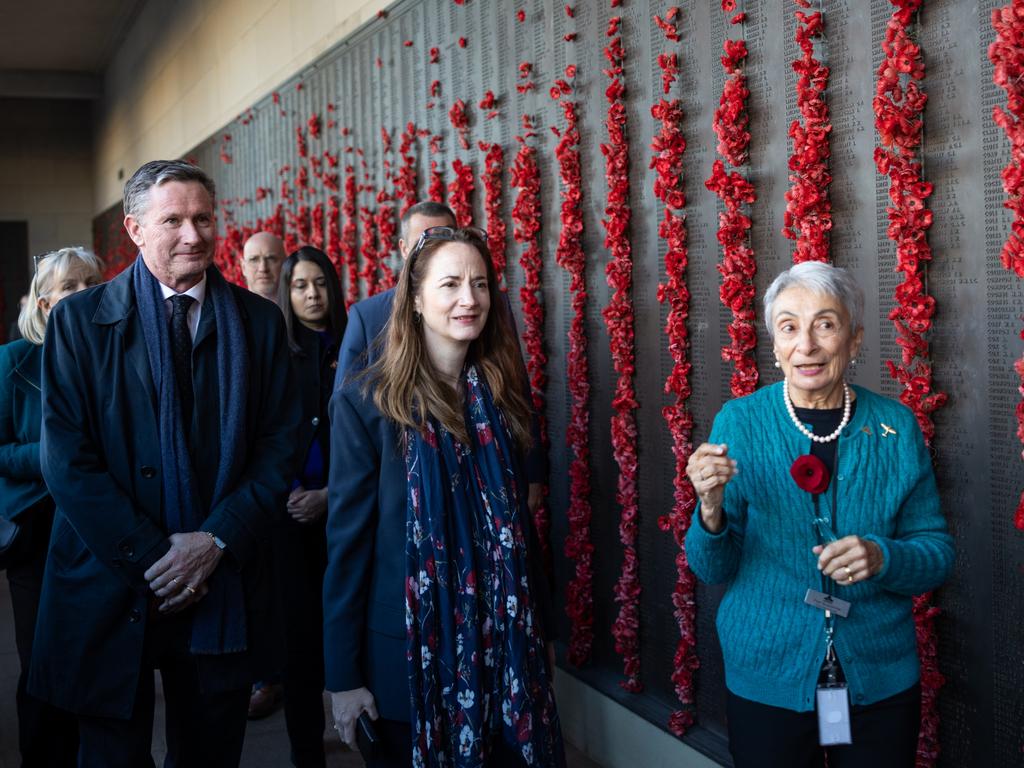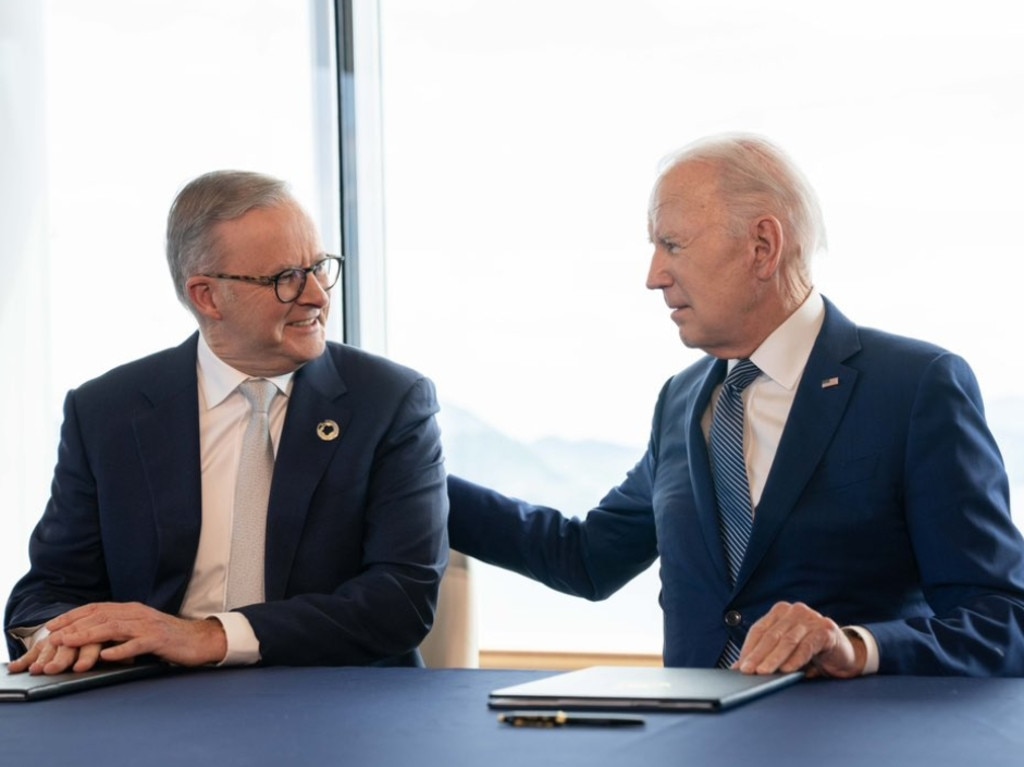Defence flaws make Australia a ‘strategic liability’ for the US

Are we ready? Will we be seen as a valued partner or perhaps an impediment or strategic liability as we prepare for future battlefields? Will we be ready to deal with independent national tasks or will we be reliant on US capabilities to defend ourselves. Where has self-reliance gone? What sort of contribution could we make to a multinational force?
We should be proud of the way the United States has considered us as a reliable and contributing nation. We have become a partner of choice. As soldiers, sailors and aviators, we have fought side-by-side with common purpose, grit and determination.
Nearly always the junior partner, we have been valued for our willingness to fight the good fight. As a result, we have a seat at the top table.
Not all nations are treated like us. In the battlefield vernacular we have been appreciated as “swimmers” in a large pool of “non-swimmers”.
But fighting spirit can only take you so far. To win in battle you need real capabilities designed and prepared for the task at hand. They must overmatch enemy capabilities, be prepared to fight at short notice, have the stock levels for sustained operations and ability to absorb battlefield losses. All forces must be trained to operate as an independent national force or as part of a larger joint and combined task group.
Recently, there has been a lot of criticism about the quantity, readiness and robustness of Australia’s military capabilities. We have an ambitious defence strategy of deny, defend, deter, protect and contribute. How do we plan to deliver this strategy?
To win on the battlefield the force must dominate and defeat the enemy. Yes, we can fight smart and be prepared for new battles in grey zones, cyber and space. But in the end war is about combat power, where air, ground and naval forces seek out an enemy and kill or capture him, seize and hold ground and repel attacks.
Much of the criticism of the immediate state of the ADF is well founded and points to a force that is not fit for immediate combat and won’t be in better shape for some time. This is a significant strategic risk.
It is OK for politicians to take risks and deny or delay the funding and development of a robust force for our next battles. They won’t be in the front lines facing the prospect of death or injury. It will be our soldiers, sailors and aviators who will be lumped with the risk. This is not an esoteric political discussion; it is a life-and-death reality.
Retired RAAF officer and scholar Peter Layton wrote recently that Australia’s “current and previous governments have argued for urgency in making the ADF battle-ready; however, the actions taken seem out of step with the rhetoric”.
He noted that Defence Minister Richard Marles indicated short-term improvements to the ADF are now considered less pressing, declaring “Australia’s challenge lies in the future”, with investments being focused on the ADF’s next-generation capabilities and needs.
You can’t have it both ways, especially when strategic guidance indicates our previous notion of “warning time” has been reduced.
In the illuminating book, America’s First Battles: 1776-1965, nothing comes through more strongly than its case studies about America’s miserable first battle failures, from the Revolutionary War to Vietnam, than the effects of national politics on deterrence, acquisitions and national security readiness.
America went into its first battles short of forces and supplies, and with combat strategies, doctrine, training and equipment not fit for purpose. This led to servicemen and women being sacrificed in the first battles.
The same observations can be made about Australia’s present predicament. Remember we were not prepared for Afghanistan and Iraq and struggled to get a force into place. The example of hastily deployed Australian forces to the Kokoda Track is a haunting reminder.
How deployable are we and how might we perform as part of a multinational force fighting alongside the US?

Testimony from the recent Defence estimates hearings revealed that Australia’s military has a lack of long-range fire systems, armoured vehicles, a paucity of live-fire training, insufficient maintenance funding, personnel and ammunition shortages, supply-chain fissures and a massive infrastructure backlog.
Our ADF is stretched too thin and not fully equipped to meet all future potential missions. There was a time our “niche” defence force was structured and equipped for regional and disaster relief contingencies – those days are gone.
To be a viable force today, the ADF must be a robust and capable force. Regrettably, those days have passed. We are a liability to ourselves and a strategic liability to our allies.
The cost of readiness should not be measured solely in dollars. It’s about understanding the trade-offs between readiness now and readiness tomorrow, which should drive the government’s conversation with the public and its decision-making.
With the wars in Afghanistan and Iraq behind us, with their lessons fading into memory, Australia must look forward to our next battles. This requires an immediate modernisation, readiness and recruitment effort within the ADF.
Government must restore the ADF’s combat readiness to deter and defend us now rather than putting it off into the future. If it does not, we will remain a strategic liability to ourselves and our allies – possibly losing not just the first battles but the war.
Peter Leahy was Chief of Army from 2002 to 2008. John Powers is a recently naturalised Australian with a background as a senior special forces officer in the American Army and as a senior intelligence officer for the United States.







The United States and Australia share a long and proud history of strategic and military co-operation. Our current strategic anxieties and the demands of AUKUS mean we must be ready to fight on shared battlefields in the Indo-Pacific.